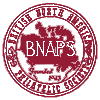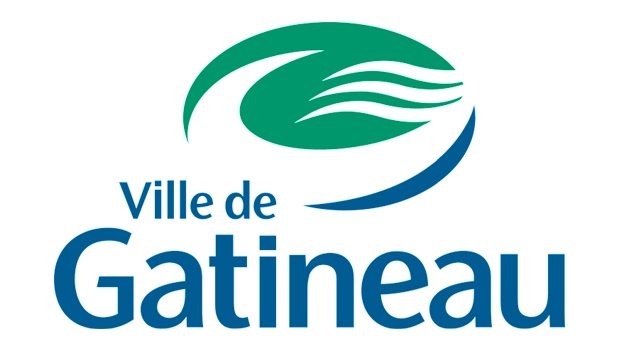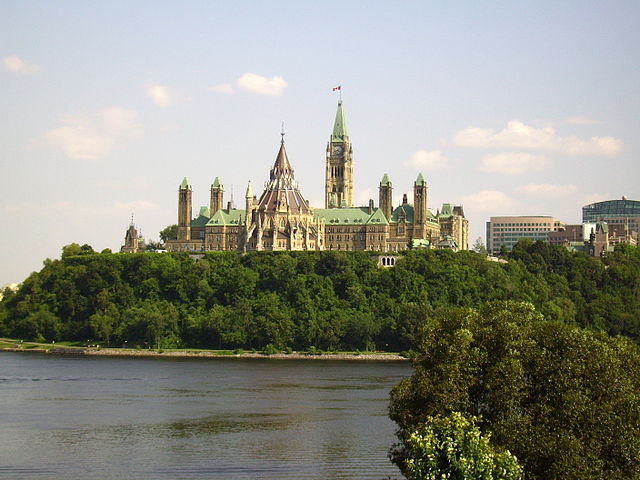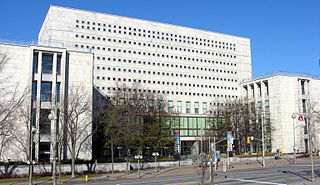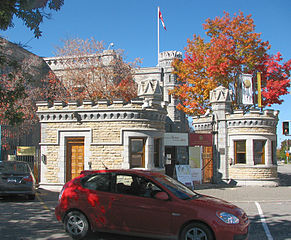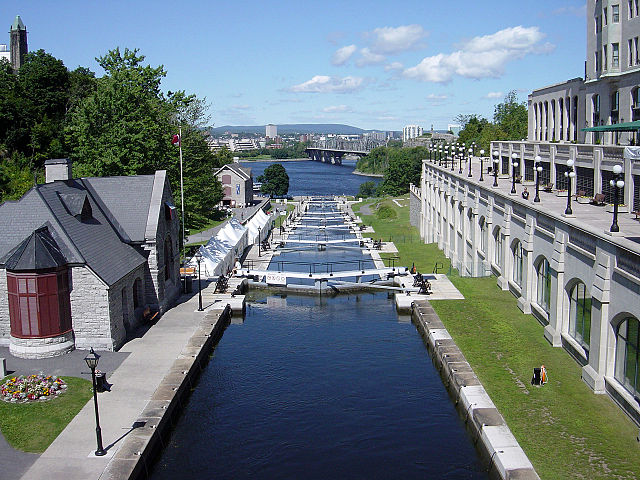Activities and attractions
Les activities et les attractions
Ottawa, the nation's capital
Gatineau, across the Ottawa River in Quebec
Parliament Buildings
The House of Commons Centre Block is undergoing extensive multi-year renovations, and is closed to the public; however, guided tours of the East Block, West Block, and newly renovated Senate of Canada Building are available.
Museums
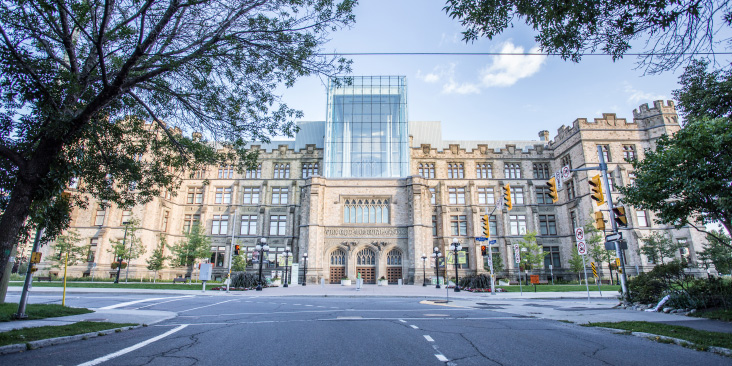
© Canadian Museum of Nature
Canadian Museum of Nature
Ottawa and Gatineau offer museums that cater to a wide range of interests from history to the latest technology, from agriculture to the arts. Here's a sample.
-
Canadian Museum of History
Features history, archaeology, ethnology and culture within Canada and abroad. -
Canadian War Museum
Covers Canada's military history from conflicts within the country to Canadian involvement in world conflicts and peace-keeping missions. -
Diefenbunker, Canada's
Cold War Museum
Built in 1959 under Prime Minister John Diefenbaker to house key members of the government and military in the event of a nuclear attack on Canada. Converted to a museum dealing with the Cold War in 1997. -
Canada
Aviation and Space Museum
Explores Canada's aviation history with displays of civilian and military aircraft from before the First World War to today. Includes components of the 1950s Avro Arrow and the Space Shuttle Endeavour's Canadarm. -
Canada Science
and Technology Museum
Among the exhibits: Artifact Alley (vehicles to cameras to telescopes), Crazy Kitchen (perceptions and illusions), From Earth to Us (harnessing natural resources), Medical Sensations (medicine through the five senses), Hidden Worlds (from the smallest objects to the deepest parts of the universe) -
Canadian Museum of Nature
Displays of botany, zoology, palaeobiology, rock, mineral, and gem collections. -
Canada
Agriculture and Food Museum
Highlights: Canola! Seeds of Innovation (development of canola oil from rapeseed), Discovery Park (renewable energy technology on farms), Food Preservation: The Science You Eat (delaying food decay and keeping food nutritious and safe from farm to fork), Space to Spoon (how space technology benefits sustainable agriculture) -
National Gallery of Canada
Collections of art from across Canada and around the world. Includes Canadian and Indigenous Galleries, the Canadian Photography Institute, international Contemporary Art collection, European Art collection, and Old Master and Canadian Prints and Drawings.
Philately & Numismatics
-
Library and Archives Canada
Library and Archives Canada (LAC) preserves the records of the Post Office Department and Canada Post Corporation including postage stamp die and plate proofs. It has publications on philately, the post office and postal history including government publications, periodicals and monographs. It has philatelic and other archival records acquired from non-governmental sources.
For more information on philatelic material at LAC:
Philately at LAC / La philatélie à BAC (2.5 MB pdf) - Presentation made at BNAPEX 2018 Quebec by James Bone, Archivist, Archives Branch, Library and Archives Canada
LAC makes this material available for consultation by researchers. To order material for on-site consultation, you must first register for a user card and then identify the material you wish to consult, preferably one to two weeks before your visit to LAC. The process for doing this is described on the following page on the LAC website:
On-site research at LAC
Here is a summary of the process (scroll down to the lower part of the page).
If you need help to identify or order material, you can contact James Bone, Archivist, by email.
Note that the philatelic material is but a small part of the LAC holdings. LAC also has military records dating back to New France, an extensive collection of Indigenous documentary heritage, genealogy records and resources, immigration records from 1865 to 1935, census records from 1640 to 1926, and much more. LAC embarked on a digitization project several years ago, and offers a wealth of online records and images on its website. -
Royal Canadian Mint
The Royal Canadian Mint has its headquarters in the historic building in Ottawa where it was founded in 1908. Hand-crafted collector and commemorative coins, gold bullion coins, medals and medallions are produced here. The master tooling to create the dies that strike coin designs for both circulation and commemorative issues is also done here. This is also the site of the Mint's gold refining and advanced engineering operations.
The Mint offers an interactive guided tour that shows how coins are made.
Outdoors
Enjoy walks along the Rideau Canal, which runs through the centre of the city, and in the bustling Byward Market with its many restaurants. Ottawa and Gatineau have many scenic recreational biking paths.
There are golf courses and hiking trails. For the more adventuresome, there is also whitewater rafting.
Other Attractions
These websites provide suggestions for other activities and attractions in the Ottawa - Gatineau region:
Copyright © 2015 - 2025 The British North America Philatelic Society.
The documents on this website are for informational and non-commercial or personal use only.
Documents on this website shall not be used on other websites or for
commercial purposes without permission.
This page was last modified on 2025-04-20
